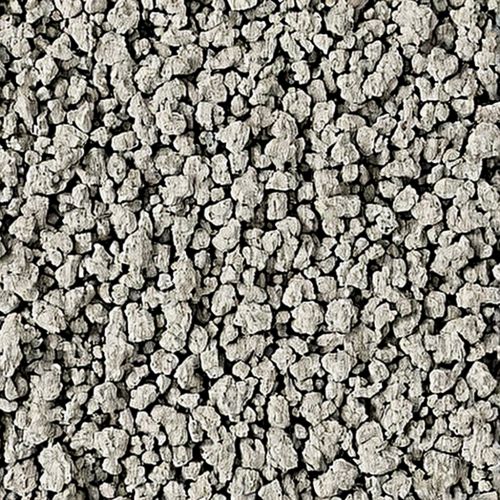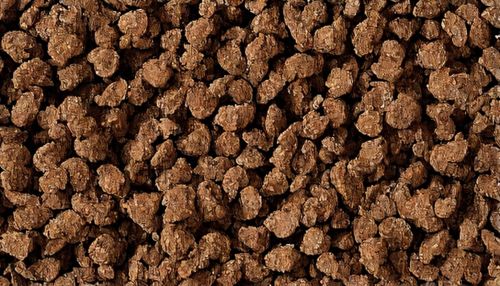Carbamate Insecticides
Introduction
Carbamate insecticides are a class of pesticides that are widely used in agriculture, home and garden, and public health applications. They are chemically derived from carbamic acid and work by inhibiting the activity of the enzyme acetylcholinesterase, which is essential for the proper functioning of the nervous system in insects.


History and Development
Carbamate insecticides were first introduced in the 1950s as a safer alternative to the highly toxic organophosphates. The first carbamate insecticide, Sevin (carbaryl), was introduced by Union Carbide in 1958. Since then, many other carbamate insecticides have been developed and marketed, including Aldicarb, Methomyl, and Oxamyl.
Chemical Structure and Properties
Carbamate insecticides are esters of carbamic acid (NH2COOH). They have the general structure R-O-CO-NH2, where R is an organic group. The carbamate group (-O-CO-NH2) is responsible for the insecticidal activity of these compounds.
Carbamate insecticides are generally stable under normal storage conditions, but they can decompose under high heat or in the presence of strong acids or bases. They are moderately soluble in water and most organic solvents.
Mode of Action
Carbamate insecticides act by inhibiting the enzyme acetylcholinesterase in the nervous system of insects. Acetylcholinesterase is responsible for breaking down the neurotransmitter acetylcholine, which is involved in the transmission of nerve impulses. When acetylcholinesterase is inhibited, acetylcholine accumulates in the nerve synapses, leading to overstimulation of the nervous system and eventually death of the insect.
Uses and Applications
Carbamate insecticides are used in a wide range of applications. In agriculture, they are used to control a variety of pests, including aphids, beetles, and caterpillars. They are also used in home and garden applications to control pests such as ants, cockroaches, and mosquitoes. In public health, carbamate insecticides are used to control vectors of diseases, such as mosquitoes and ticks.
Toxicity and Environmental Impact
While carbamate insecticides are less toxic to mammals than organophosphates, they are still toxic and pose risks to human health and the environment. Acute exposure to carbamate insecticides can cause a range of symptoms, including nausea, vomiting, abdominal pain, and in severe cases, seizures and respiratory failure.
Carbamate insecticides are also toxic to non-target organisms, including birds, fish, and beneficial insects. They can contaminate water bodies and have been detected in groundwater in some areas where they are heavily used.
Regulatory Aspects
Due to their toxicity and environmental impact, the use of carbamate insecticides is regulated in many countries. In the United States, the Environmental Protection Agency (EPA) regulates the use of carbamate insecticides under the Federal Insecticide, Fungicide, and Rodenticide Act (FIFRA). The EPA requires that carbamate insecticides be labeled with instructions for safe use and disposal, and sets limits on their residues in food and the environment.
Future Perspectives
Despite their toxicity and environmental impact, carbamate insecticides remain an important tool in pest management due to their effectiveness against a wide range of pests. However, there is a growing interest in developing safer and more environmentally friendly alternatives. These include biopesticides, which are derived from natural sources, and integrated pest management (IPM) strategies, which combine multiple approaches to control pests in a sustainable way.
